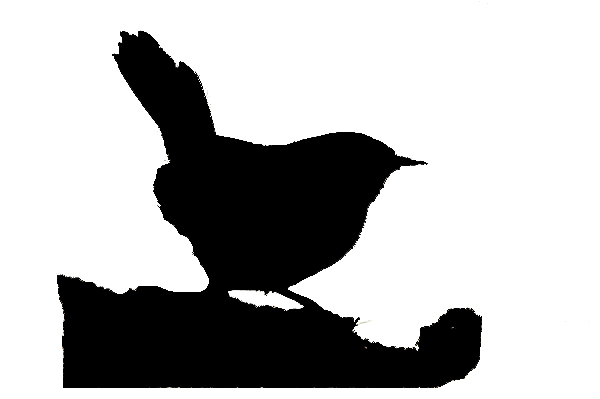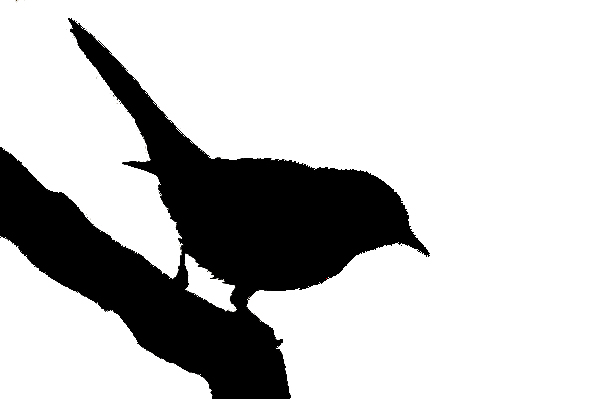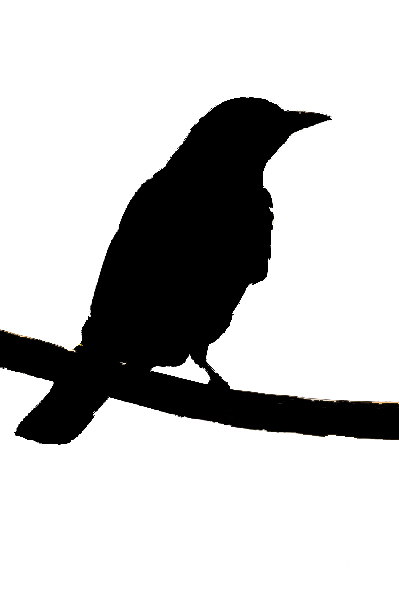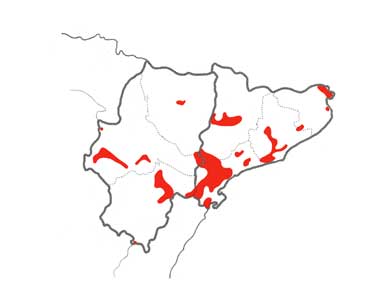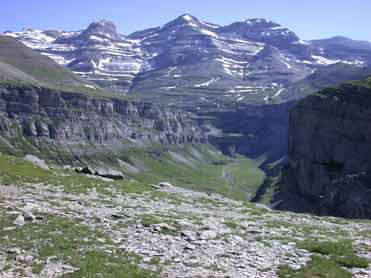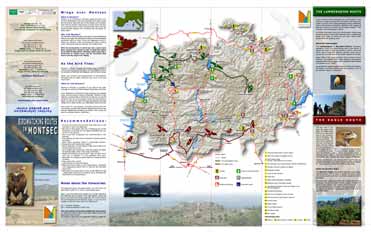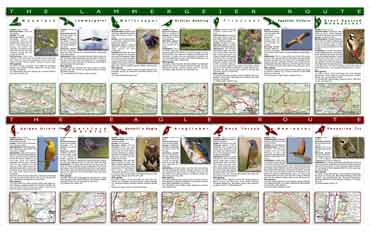Birds on the Spanish steppes
April is here, almost, and bird tours and their guides are already roaming the countryside here in northeast Spain.
I’m going to be busy this month, but as a dutiful blogger I will have to keep up a minimum input before my silent viewers give up on me and turn elsewhere. So a quick note of the last few days out birding with a couple of English birders (father and son in fact).
The chosen accommodation was La Garbinada rural hotel (see the drylands of Lleida itinerary recommended accommodation on the BirdingInSpain.com website). It’s a real rural retreat, so don’t go looking for pubs or discos here: nightlife is strictly for the owls! (and perhaps nightjars around May). Good food, nice hotel and access to the drylands to the south of Lleida, some interesting inland water bodies and about 50 minutes from the eastern Monegros.
On the first day we did a quick tour of the Alfés drylands, chalking up the following sightings:
3+ Red-rumped Swallows
2 Black Wheatears
2 Black-eared Wheatears
6 Great Spotted Cuckoos
2 Dotterel
2 Golden Eagles
1 Hen Harrier
Stone Curlew, Calandra Lark, Short-toed Lark, Egyptian Vulture, Red Kite, Thekla Lark, Woodlark, Blue Rock Thrush, etc.
On the afternoon of the first day and the morning of the second we visited two different water bodies near Lleida:
Purple Gallinule
6 Bluethroats
1 Moustached Warbler
1 Savi’s Warbler
Marsh Harrier, Black-winged Stilt, Wood Sandpiper, Garganey, Little Ringed Plover, Ruff, Black-tailed Godwit, Cattle Egret, Iberian Green Woodpecker, Penduline Tit and a looong etcetera.
Day 2 was spent mostly visiting the Congost de Mont-rebei (see the Montsec itineraries) where the main targets were Wallcreeper and Lammergeier. End result: Wallcreeper 1, Lammergeier 0, which we were perfectly happy with. Apart from the splendid walk, great weather and scenery we also managed to see Rock Bunting, Cirl Bunting, Dipper, Griffon Vulture, Golden Eagle, lots of Black Redstarts and co.
On the way back Lesser Kestrels, 7 Black-bellied Sandgrouse, Stone Curlews and a single Golden Plover.
Day 3 was spent in Aragón (Alcolea and Candasnos itinerary). The obligatory wetland stop produced Garganey, excellent views of about 10 Marsh Harriers, 6+ Black-necked Grebes, c.30 Red-crested Pochards and more Stone Curlews.
Spectacled Warbler, Yellow Wagtail and Pin-tailed Sandgrouse (my bird of the day), Great Spotted Cuckoos, a juvenile Bonelli’s Eagle and another Golden Eagle and two more Stone Curlews before lunch.
Then Lesser Short-toed larks, another Great Spotted Cuckoo or two and back to Lleida in time to catch the train. Not before finishing off with close up views of 11 Little Bustards. And another Stone Curlew or two!

